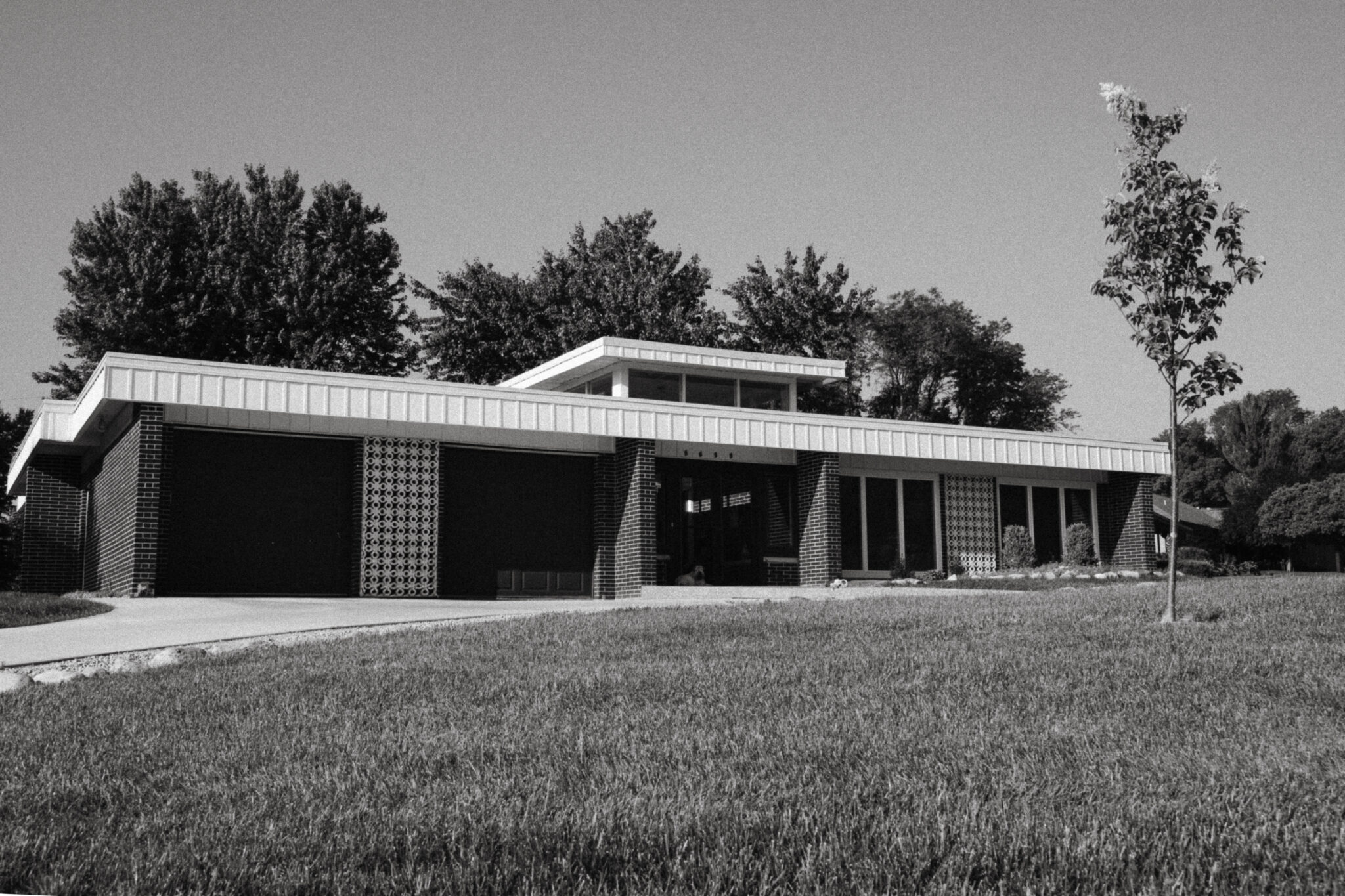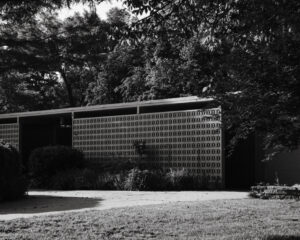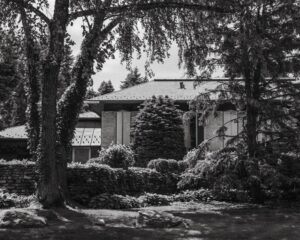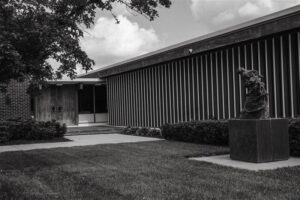
When you think of mid-century architecture, your mind probably starts in sunny Southern California. Imagine homes from various movies and tv shows we all watched growing up, or the serene interiors featured in magazines, advertisements, and the like.
Mid-century design took hold after World War II, fueled by new materials, evolving technologies, and a wave of post-war prosperity. As the population shifted toward urban areas with less space to build, homes became smaller, more efficient, and strikingly functional, leaving a lasting impact on the architectural landscape of the era.
But what does it mean to have a mid-century home? According to Architectural Digest, the characteristics of mid-century design include organic influences, simple forms, and emphasis on function.
For the exteriors that means expansive glass, flat panels, and a strong connection to nature. Interiors saw simple craftsmanship, peg legs, low-profile furniture, and lots of color ranging from bright hues to earth tones.
It’s no surprise that mid-century modern homes have been coveted throughout the years; they continue to be rare finds that don’t stay on the market for long.
A focus on efficiency makes mid-century modern an elegant yet functional design philosophy for community and commercial spaces. You may recognize some of Omaha’s mid-century landmarks by their sleek construction and bold presence.
Situated off 90th and Dodge, the W. Clarke Swanson Branch of the Omaha Public Library offers a free and accessible glimpse of this unique architectural style. For a quick mid-century tour of Omaha, stop into the library to admire the interior elements, then head east to check out the beautiful landscaping and exterior of the LEO A DALY building.
Trying to bring elements of mid-century into your home or office? Here are a few local mid-century furniture curators we love!





Leave a Reply